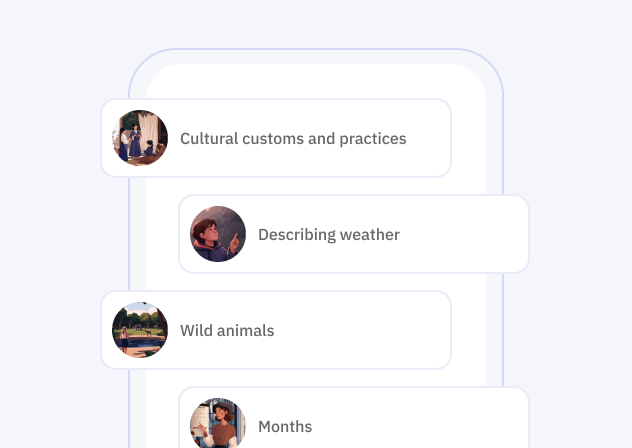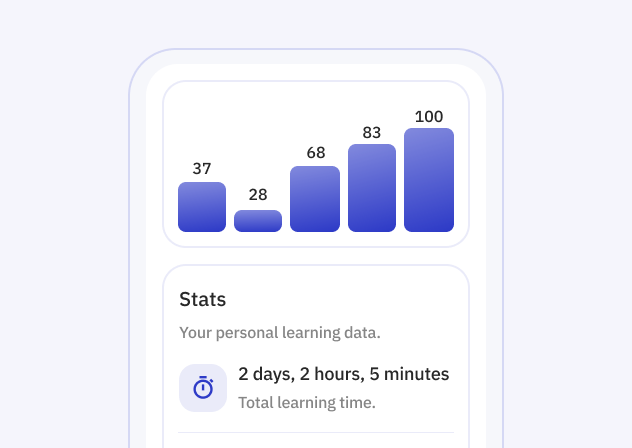Il verbo inglese "tilt" è utilizzato per descrivere un movimento o una posizione inclinata rispetto ad un asse o ad una superficie orizzontale. Nella sua accezione più comune, "tilt" significa "inclinare" o "piegare", sia in senso fisico, come quando si inclina un oggetto, sia in senso figurato, come quando si altera un equilibrio o una situazione. Il termine può essere applicato in vari contesti, dalla descrizione di movimenti meccanici e fisici, all'uso in ambito sportivo e tecnologico. La comprensione di questo verbo è fondamentale per cogliere sfumature precise in diverse situazioni comunicative.
The picture frame on the wall is slightly tilted.
She tilts her head to one side when she is curious.
The table started to tilt when he leaned on it.
He tilted the bottle to pour the last drop of wine.
The earth's axis tilts at an angle of about 23.5 degrees.
The crane operator tilted the load to maneuver it into place.
Make sure to tilt the camera upwards to get the entire building in the shot.
The chair can tilt backward to allow for a more relaxed position.
The boat tilted dangerously to one side during the storm.
He tilts his glass to toast with friends.
I tilt the picture frame.
You tilt your head.
He tilts his hat.
She tilts the vase.
It tilts slightly to the left.
We tilt our chairs.
They tilt the table.
I tilted the screen.
You tilted your glass.
He tilted the mirror.
She tilted her umbrella.
It tilted unexpectedly.
We tilted the painting.
They tilted the sign.
I will tilt the chair.
You will tilt your hat.
He will tilt the lamp.
She will tilt the book.
It will tilt slowly.
We will tilt the fan.
They will tilt the table.
I am tilting the picture frame.
You are tilting your head.
He is tilting his hat.
She is tilting the vase.
It is tilting slightly to the left.
We are tilting our chairs.
They are tilting the table.
I was tilting the screen.
You were tilting your glass.
He was tilting the mirror.
She was tilting her umbrella.
It was tilting unexpectedly.
We were tilting the painting.
They were tilting the sign.
I will be tilting the chair.
You will be tilting your hat.
He will be tilting the lamp.
She will be tilting the book.
It will be tilting slowly.
We will be tilting the fan.
They will be tilting the table.
I have tilted the picture frame.
You have tilted your head.
He has tilted his hat.
She has tilted the vase.
It has tilted slightly to the left.
We have tilted our chairs.
They have tilted the table.
I had tilted the screen.
You had tilted your glass.
He had tilted the mirror.
She had tilted her umbrella.
It had tilted unexpectedly.
We had tilted the painting.
They had tilted the sign.
I will have tilted the chair.
You will have tilted your hat.
He will have tilted the lamp.
She will have tilted the book.
It will have tilted slowly.
We will have tilted the fan.
They will have tilted the table.
Il modo più efficace per imparare una lingua
Prova Talkpal gratuitamente
Ogni individuo apprende in modo unico. Con la tecnologia Talkpal , abbiamo la possibilità di esaminare come milioni di persone imparano contemporaneamente e progettare le piattaforme educative più efficienti, che possono essere personalizzate per ogni studente.

Ricevi un feedback immediato e personalizzato e suggerimenti per accelerare la tua padronanza della lingua.

Impara con metodi personalizzati in base al tuo stile e al tuo ritmo, assicurandoti un percorso personalizzato ed efficace verso la fluidità.
Talkpal è un tutor linguistico alimentato dall'intelligenza artificiale. È il modo più efficiente per imparare una lingua. Chatta su un numero illimitato di argomenti interessanti scrivendo o parlando, mentre ricevi messaggi con una voce realistica.


Talkpal, Inc., 2810 N Church St, Wilmington, Delaware 19802, US
© 2025 All Rights Reserved.